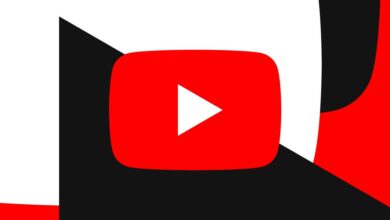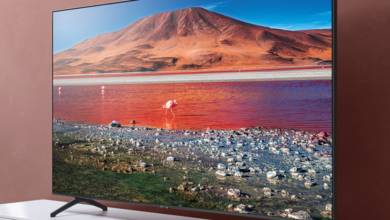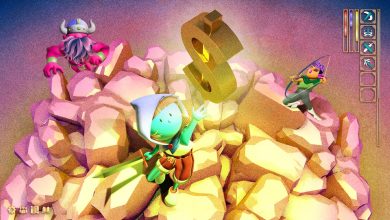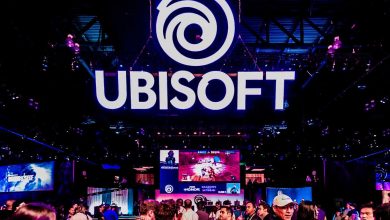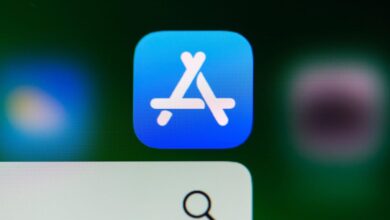How a Brain Test Could Help an Esports Team Find Its Edge
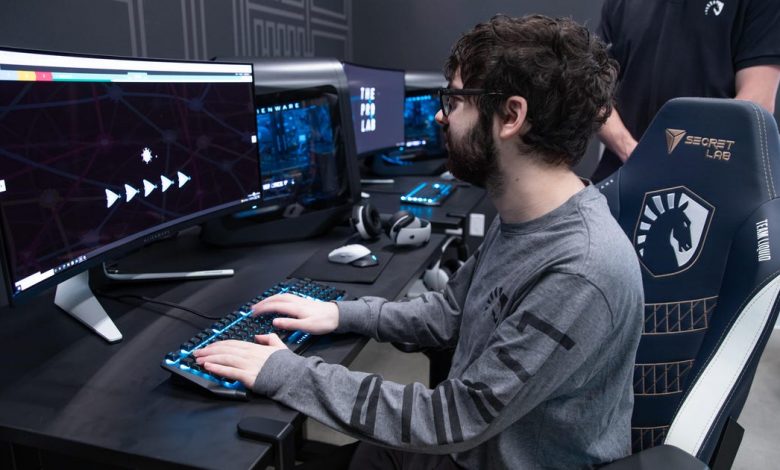
[ad_1]
What’s happening
Team Liquid is one of the first esports organizations to use cognitive testing to improve player performance, as well as encouraging better nutrition, hydration and sleep.
Why it matters
This is the latest way esports is adopting what traditional sports have refined — in this case, diving into player behavior and improving player health.
What’s next
It remains to be seen if the cognitive testing will improve player performance to give Team Liquid an edge in competitions, but it’s a sign of increasing professionalization in esports.
NeurOlympics is a deceptively simple test.
The 60-minute assessment guides people through four uncomplicated video games. One involves remembering disappearing icons. Another is an exercise in rapid reaction time. A person’s performance on the test is then run through an algorithm that evaluates performance in memory, speed and other characteristics.
Team Liquid, a pro esports team with headquarters in California and the Netherlands, thinks NeurOlympics results may hold the key to winning matches in League of Legends, Valorant and more than a dozen other games in the pro circuit.
The team’s managers use the results to determine whether a player is a fit for the typically five-person squads and what role he or she might fit best in. Armed with an understanding of player behavior, Team Liquid’s staff also sees NeurOlympics as a way to tailor coaching to better nurture talent and skills.
“Coaches will know more about the players’ styles of learning,” said Tanner Curtis, Team Liquid’s newly appointed team development coach. “We’re going to be able to identify their strengths and areas for improvement for them to focus on.”
Team Liquid, along with racing group Alpine F1’s esports team, is taking a page from the playbook of professional sports, a highly competitive realm where every element of performance – diet, sleep, training, mindfulness – gets scrutinized, analyzed and debated in the hopes of identifying an edge. The NFL long used the Wonderlic test, a 50-question multiple choice test devised in 1934, to gauge the intelligence of prospective players, though it was retired ahead of this year’s scouting combine, which will use the computer-based Player Assessment Tests. Matt Ryan, an NFL quarterback, has used cognitive training system NeuroTracker to refine his situational awareness.
Testing players for cognitive ability isn’t without controversy. The Wonderlic has been criticized for racial bias. At least one player purposefully tanked the test in order to avoid scaring off teams that might have worried he’d get bored as a lineman, his position. More broadly, some observers have questioned whether the constant measurement is of any practical value in improving results.
There’s no evidence “to suggest that these measures are in any way predictive of current or future performance on a task,” said Mark Williams, the chair of the health, kinesiology and recreation department at the University of Utah. “They really cannot be used for talent identification purposes.”
Still, Team Liquid is looking to have more of its 120-person roster take NeurOlympics. As with any experiment, a greater sample size means more comprehensive results, so Team Liquid also wants to start testing players outside the organization, including casual gamers.
“In an ideal world, we would want the top 300 to 500 players from each game,” said Curtis. “But we’d like some casual players we can use as a reference point.”
Bradley Bennyworth, a League of Legends player for Team Liquid, takes the NeurOlympics test in the esports organization’s Pro Lab.
Team Liquid
From soccer to shooters
NeurOlympics was developed by BrainsFirst, a Netherlands-based research firm that conducts corporate cognitive evaluations. The test rolled out in 2013 and was quickly used by European Premier League soccer teams. It was later adapted to test air traffic controllers at Amsterdam’s Schiphol Airport, as well as employees at McKinsey and Deloitte, both consultancies.
Marieke Dresmé, the client services director at BrainsFirst, says the different physical activity of soccer players and esports players belies a similar approach to the disciplines.
“The average elite soccer brain really looks like the strategy esports brain,” Dresmé said. “When we look at the [esports] shooter brain, we see comparisons with the [soccer] intuitive striker.”
BrainsFirst sent me an hourlong version of NeurOlympics. The four tests are taken in quick succession to monitor memory, reaction speed, recovery time, strategic thinking and other metrics.
Gameplay varies. One game required me to click on icons as they appeared and disappeared, a test of spatial awareness. Another required that I fire projectiles at dropping targets, sort of like the apocalyptic arcade game Missile Command, to test anticipation and accuracy. Despite the simple graphics, the games required intense concentration and quick reaction. The experience was draining; I lunged for water between rounds like I was taking breaks from a workout.
The tests are a far cry from the complexity of strategy games, such as League of Legends, or shooters like Counter Strike: Global Offensive. Still, it was easy to see how the basic metrics could be applied to move involved situations.
A week after my test, Cheng Ko, Team Liquid’s director of performance, gently broke it to me that I wouldn’t get a spot on the squad. Still, he treated my results seriously, explaining the cognitive strengths and weaknesses they revealed.
The test breaks a player’s capabilities into 16 different categories over four broad groups: memory, attention, control and anticipation. Categories are scored from 0 to 100. The numbers are a relative measurement of your performance in NeurOlympics compared to that of others taking the test. Scoring zero in a category means everyone else who tested is more skilled than you are. A score of 100 means you are more skilled than everyone else. The results are presented in a spider chart with each of the categories ringing the perimeter.
Ko went over some of the basics. I scored well on Stress Resilience (97), suggesting I could perform under pressure. But my score on Attention Guide (9) indicated I didn’t monitor my progress as closely as most others. He followed up with personal questions about my favorite games, my roles in those games, my career and my work environment preferences. Taken together, he said, the test and the interview provided insight on my natural tendencies and how I might perform as a player and team member.
The experience reminded me of a work review with a dash of Tarot reading.
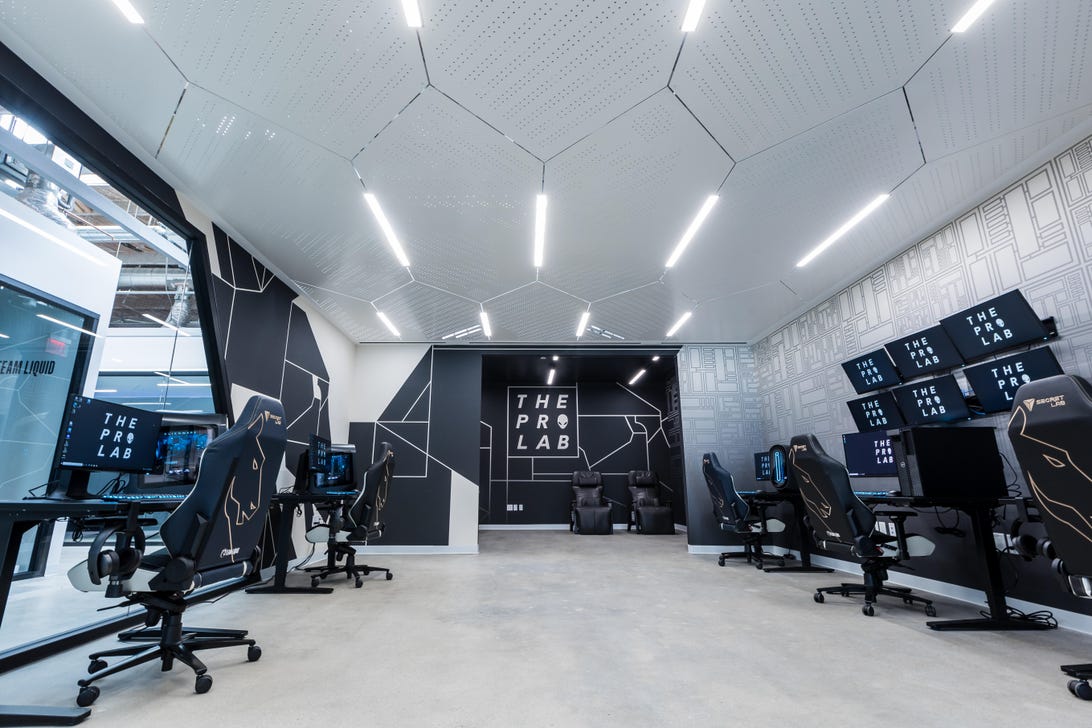
Team Liquid’s Santa Monica, California, headquarters recently opened its Pro Lab expansion, where players take the NeurOlympics cognitive test, train their skills and relax between matches.
David Park / Team Liquid
Gyms for gamers
NeurOlympics is only part of Team Liquid’s team training. Four years ago, the organization partnered with Dell’s Alienware gaming brand to build two Pro Labs, high-tech gyms for gamers, in California and the Netherlands.
The Pro Lab doesn’t take up much of Team Liquid’s California headquarters in Santa Monica. Computer stations are emblazoned with Alienware’s logo. One station, which Curtis uses to walk players through their NeurOlympics spider charts, has six monitors. At the back are several dedicated computer stations that players use to warm up with cognition and motor skill drills, as well as zero gravity chairs to help players relax after tough matches.
“We’re going to be focusing on everything from recovery to cognition warmups to motor skills before [players] go into [scrimmages],” said Curtis, who is in charge of the Pro Lab as part of his team development role. “We really want a holistic approach to their whole training day, including downtime, recovery time, how much water they’re drinking, things like that.”
Years ago, Curtis was an esports pro just like the players he helps out now. He competed in Player Unknown’s Battlegrounds (PUBG), a shooter, under the handle 7Teen until he joined Team Liquid in 2019 to coach its PUBG squad. Now 29 years old, he became the organization’s first team development coach a couple months ago. While Team Liquid’s other coaches focus on how players perform in practice and pro matches, Curtis tracks their moods and conditions throughout the day.
Curtis and Ko say coaches will provide better direction to players if they use NeurOlympics results to guide them. But that isn’t a universally held opinion within Team Liquid.
André Costa, who heads the group’s Rocket League team, says the game, which involves players driving cars to knock giant soccer balls into goals, is still developing as a professional competition. Since no one really knows how game competition will evolve, mastering Rocket League is more important than leaning on the incremental insights NeurOlympics might provide, he says.
“If one team is just better than the other one, you don’t need to overthink too much about the game,” Costa said. “It works because we’re just faster and better than everyone.
Costa contrasted Rocket League with games League of Legends, Counter-Strike: Global Offensive and DOTA 2, which have more established professional player communities. If Costa’s team was playing League, he reasoned, it would benefit from the insights deriving from NeurOlympics results.
Costa, who is 22, oversees a team of two 15-year-olds and one 16-year-old. For players that young in a game that isn’t fully developed as a competition, NeurOlympics insights are a distraction, he says.
Bradley Bennyworth, 21, has played in one of Team Liquid’s League of Legends squads since January and took the NeurOlympics test in April. Because his coach noticed a low memory score, Bennyworth was assigned to play a memory training game. He says he noticed he’s had better performances in his League matches since then, though he credits some of the improvement to playing alongside teammates, running drills and chilling out in the zero gravity chairs.
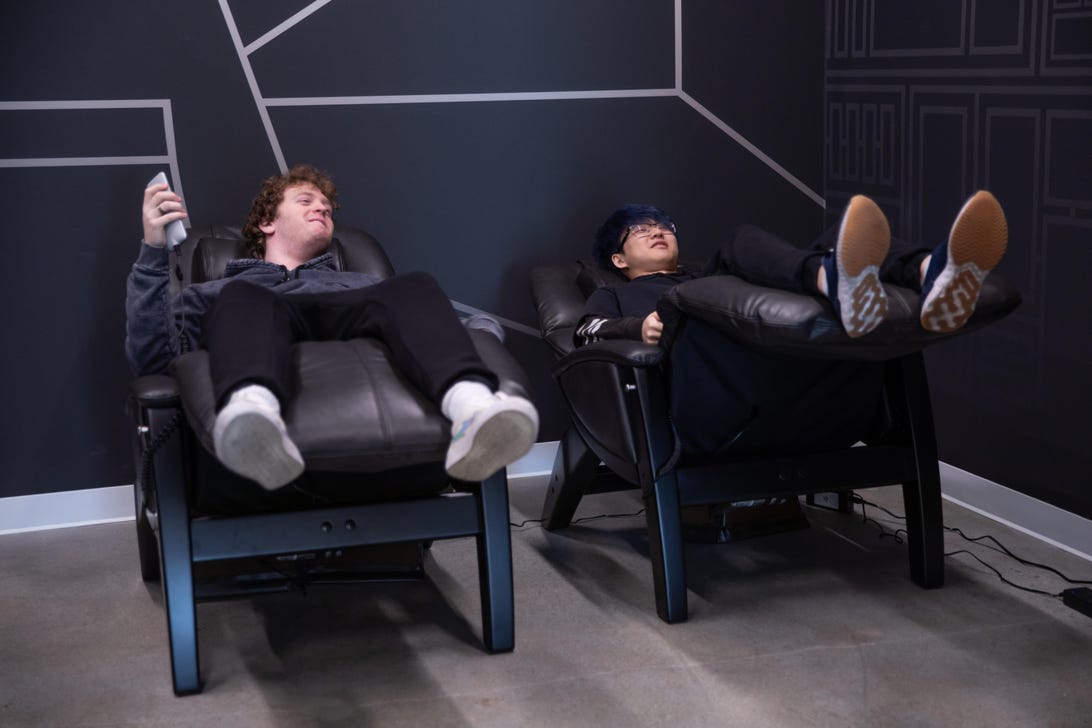
Two of Team Liquid’s League of Legends players relax in the zero-g chairs in the Pro Lab.
David Park / Team Liquid
As in traditional sports, Bennyworth’s improvement could come down to practice and player health. (Team Liquid prioritizes nutrition and hydration.) The focus on physical and mental performance, of course, is old school in pro sports. But it’s relatively new for esports.
“None of it is set in stone,” Curtis said. “This is the first opportunity that we’ve had where we have the technology and the space to do the research and figure it out for ourselves.”
[ad_2]
Source link


